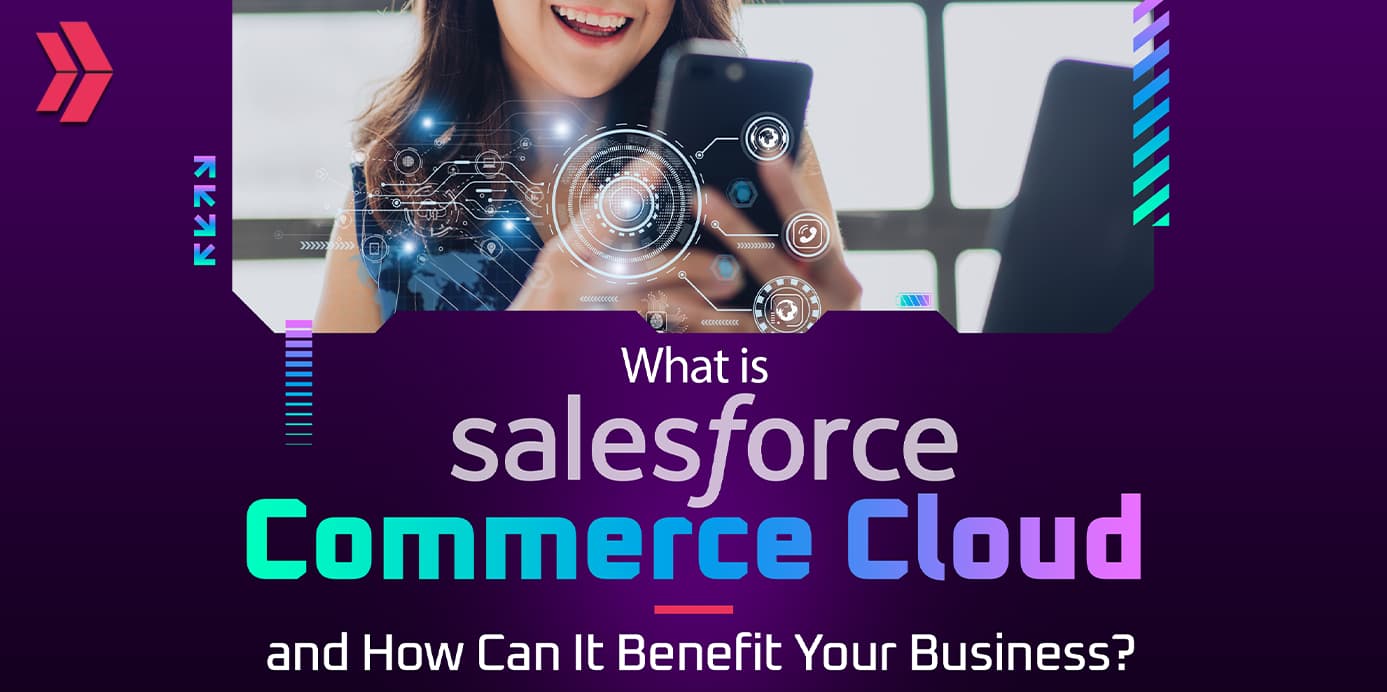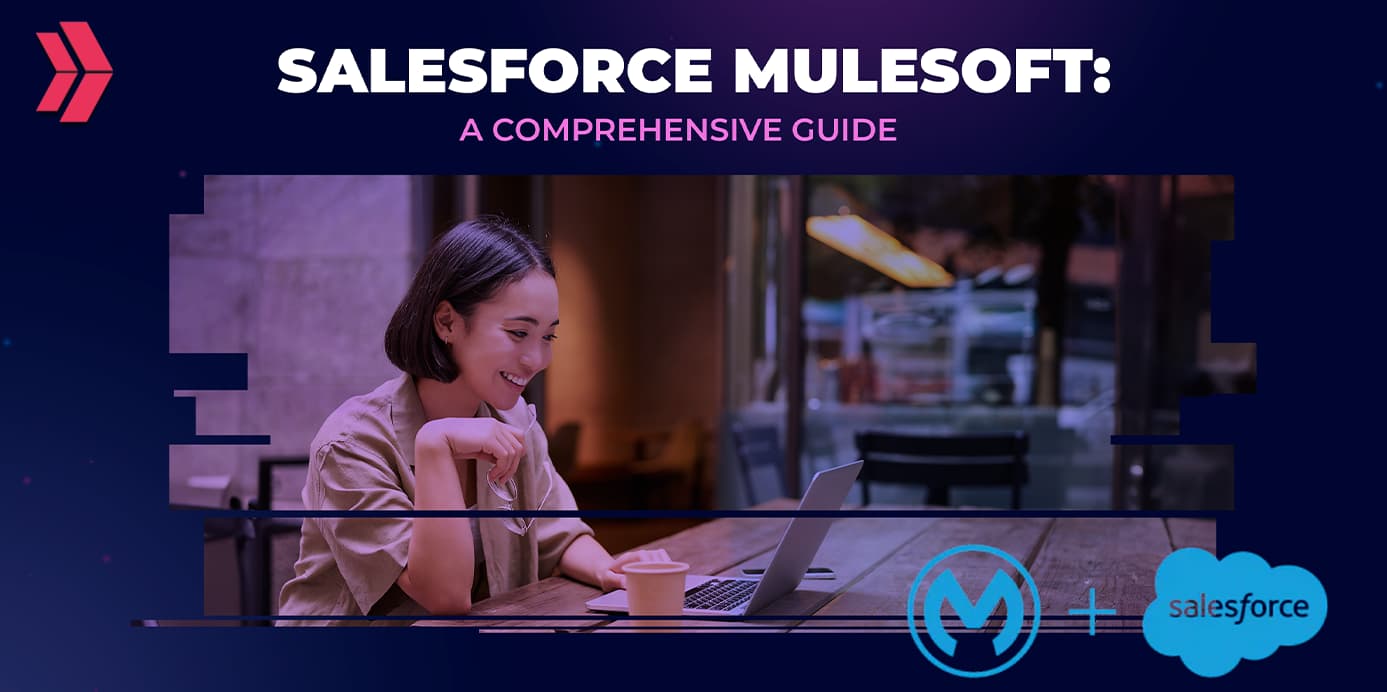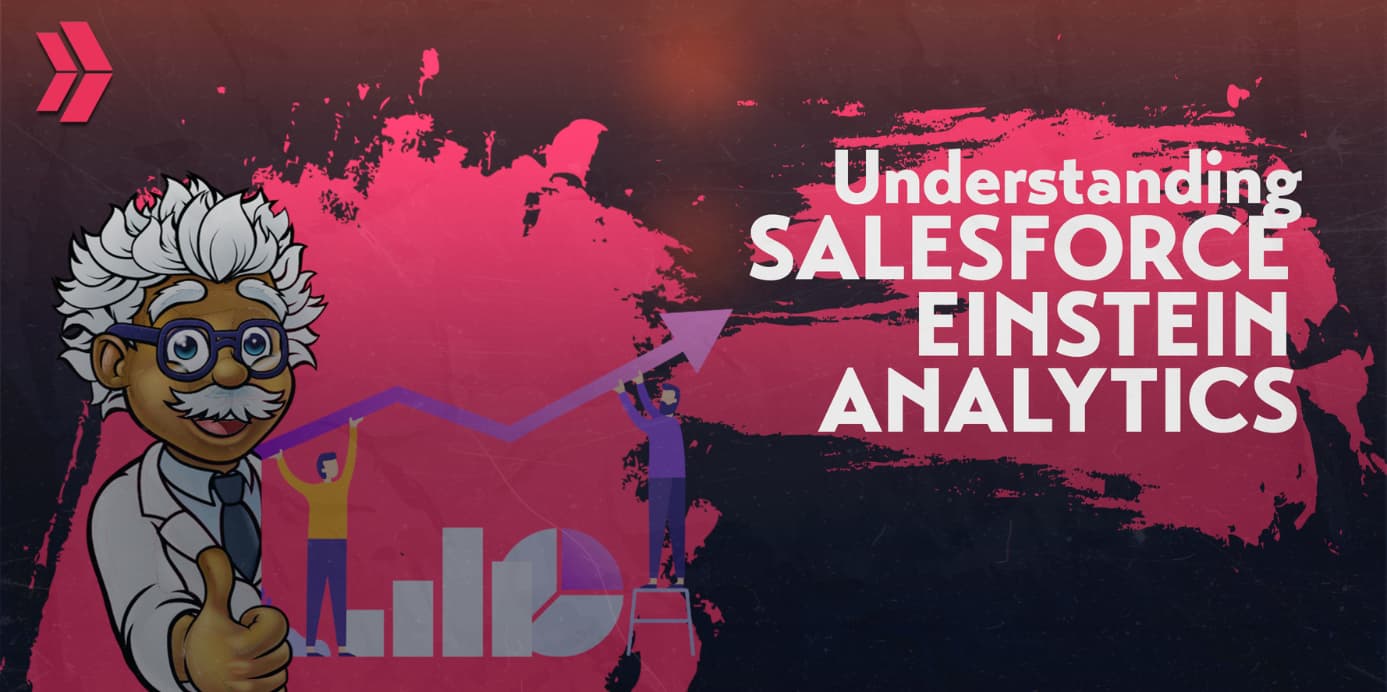The Salesforce Platform Developer II is a certification for those who want to show off their expertise in data modeling and advanced Lightning Platform programming to build sophisticated applications with intricate user interfaces. The candidate has the ability to design, develop, test, and deploy reusable and maintainable programming solutions that adhere to design patterns and object-oriented programming best practices.
A candidate must first earn the Salesforce Platform Developer I certification before continuing.
Apex Specialist, Data Integration Specialist, and Advanced Apex Specialist are the three superbadges that make up this certification, in addition to the proctored multiple-choice exam for Platform Developer II. The Salesforce Certified Platform Developer II credential is earned upon earning any one of these credentials.
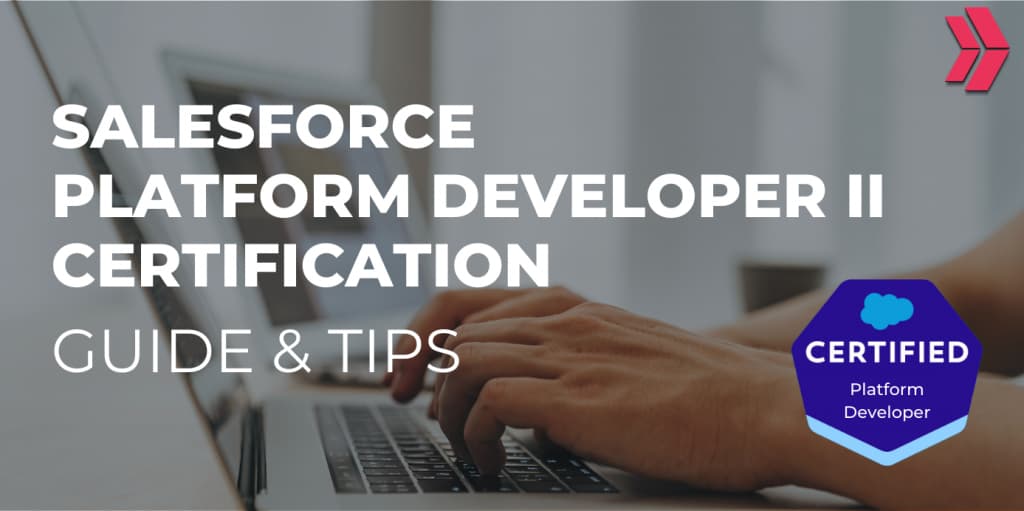
What are the Key Topics for Salesforce Certified Platform Developer II?
The Platform Developer II exam is split into five topics.
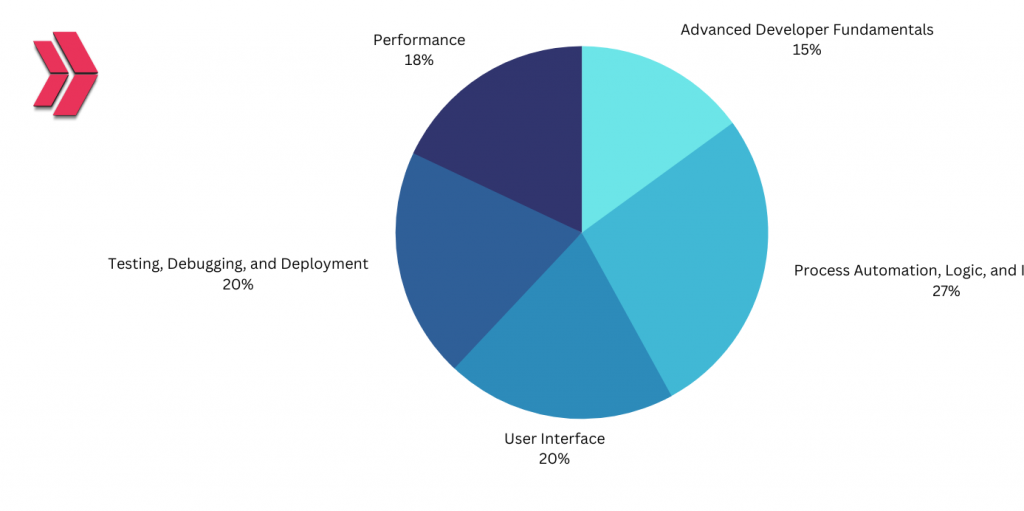
Advanced Developer Fundamentals: 15%
- Show your understanding of localization and multi-currency features and capabilities, as well as how they affect coding.
- Rationalize to use of shared objects and Apex-managed sharing (Given a scenario).
- Find out what works best for different kinds of custom metadata and settings and how to implement the necessary solutions (Given a scenario).
Process Automation, Logic, and Integration: 27%
- determine the conversations between multiple declarative and programmatic processes (Given a scenario).
- Provide the best declarative or programmatic solution and explain why it works (Given a scenario).
- Prove that you understand how to write Apex triggers.
- Specify Apex’s capabilities for handling errors and preserving transactions.
- Typify the proper implementation of SOQL query structure within advanced keywords in a query.
- Examine several requirements and see if you can see any upsides to using asynchronous Apex code.
- Find the right Apex dynamic feature to implement (Given a scenario and requirements).
- Determine the correct publish/subscribe logic for platform events (Given a scenario).
- Use programmatic integration methods and platform features for inbound-outbound comms (Given a scenario).
User Interface: 20%
- Analyze and determine necessary changes to the Apex class given requirements and code snippets for a Lightning Web Component or Aura Component and its Apex controller class.
- Learn how to use Visualforce to apply actions, partial page refreshes, and asynchronous operations.
- Determine the optimal way to alert users of interface errors (Given a scenario).
- Provide an explanation of why a particular Lightning Web Component, Aura Component, or Visualforce solution is the best fit (Given a set of requirements).
- Explain which features of Lightning Web Components or Aura Components can be leveraged to make the markup for such a component respond to the size and shape of the user’s device (Given a scenario).
- Use the appropriate technique to communicate events through Lightning Web Components or Aura Components (Given a scenario).
- Explain the point and advantages of static resources in Visualforce, Lightning Web Components, and Aura Components.
Testing, Debugging, and Deployment: 20%
- Use advanced testing methods and tools, such as mocks and stubs, to test Apex classes and triggers.
- Use testing and debugging tools and methods Lightning Web Components, Aura Components, and Visualforce controllers, Visualforce controller extensions, and JavaScript.
- Use the appropriate methods and resources to determine why and isolate that in the event that your Apex code, Apex trigger, or Apex test is not running as expected (Given a scenario).
- Plan out how source-driven development will be deployed and what tools and mechanisms will be used to make that happen (Given a scenario).
Performance: 18%
- Demonstrate an understanding of methods and tools for addressing common user interface performance issues.
- Select the proper logic and query structure for maximizing app performance and managing large data volumes.
- Determine whether or not an asynchronous callout would improve performance in a given scenario.
- Decide which scenarios are appropriate for code reuse and how the reuse should be implemented.
- Find inefficiencies in the given sample code and show that you can fix them.
Platform Developer II Certification Exam Tips
- Use the Salesforce Certifications Guide or the official Salesforce Trailhead exam guide as your primary documentation sets.
- Take note of the following additional resources as study materials on developer.salesforce.com (Advised for sharper eyesight):
- Apex Developer Guide
- Using Salesforce Features with Apex
- Apex Actions
- Annotations
- Understanding Apex Managed Sharing
- Debugging Apex
- Working with Very Large SOQL Queries
- Lightning Web Components Developer Guide
- Test Lightning Web Components
- Call Apex Methods
- Lightning Aura Components Developer Guide
- SOAP API Developer Guide
- Standard Objects
- Compound Fields
- Core Calls
- REST API Developer Guide: Introducing Lightning Platform REST API
- Salesforce Reports and Dashboards REST API Developer Guide
- Salesforce Tools and Toolkits
- SOQL and SOSL Reference
- SOQL SELECT Syntax
- Visualforce Developers Guide
- apex:page
- Using Ajax in a Page
- Visualforce Performance: Best Practices
- Take note of the following additional resources as study materials on resources.docs.salesforce.com:
- Record-Level Access: Under the Hood
- Designing Record Access for Enterprise Scale
- Visualforce Performance: Best Practices PDF
- Additionally, check out the additional resource on help.salesforce.com about Salesforce Development Tools
How to Study Platform Developer II Certification?
The major stages outlined below are the best strategy to study for the certification.
- After gaining your Platform Developer I certification, You may need further information about the knowledge and skills mentioned above Developer II certification. So we advise you to have a look at the course overview on the Clarusway Salesforce Admin and Developer Course website and talk to an advisor.
- As a first step, you had better focus on the self-study materials such as Prepare for Your Salesforce Platform Developer II Credential and the three superbadges mentioned above.
- You should become accustomed to the Clarusway Salesforce Certifications Guide and the official Salesforce Trailhead Exam Guide. These give you a good overview of the various concepts you’ll need to know before taking the exam.
Who’s the Ideal Candidate for Salesforce Certified Platform Developer II?
It is expected that candidates for Salesforce Certified Platform Developer II have worked on projects involving the Lightning Platform.
Typically, a Salesforce Platform Developer II will have two to four years of development experience, with at least one year of that time spent designing, developing, and deploying on the Lightning Platform.
Last Updated on December 24, 2023

